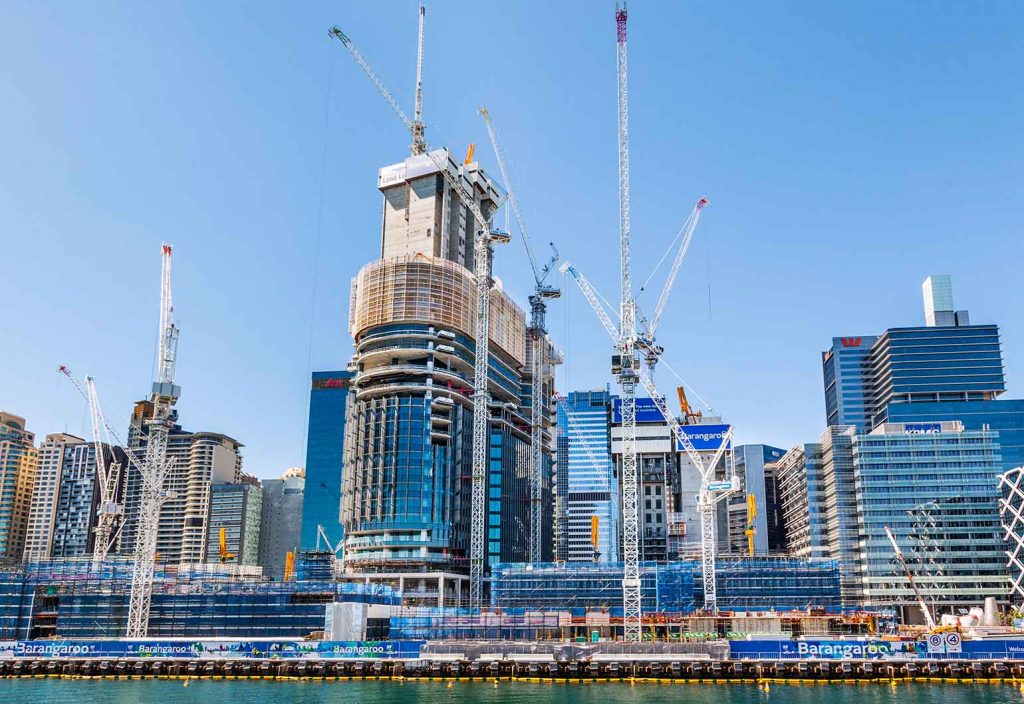From 1 July this year, NSW and Victoria took a significant step toward strengthening the engineering profession with the implementation of mandatory registration for professional engineers.
The states now join Queensland as the only jurisdictions where registration is required. Engineers Australia is an assessment entity for the registration eligibility in Queensland and Victoria, and is supporting NSW with its implementation. Engineers Australia has been advocating for compulsory registration for decades.
Bernadette Foley, General Manager of Professional Standards at Engineers Australia, said the registration schemes serve to lift professional standards and increase consumer confidence.
“The real value of engineering registration is in giving customers the confidence that the person they’ve engaged to do some work is appropriately qualified to do it,” she said.
“Also, if issues arise there is a mechanism for investigating substandard work and sanctioning registered engineers or even removing their registered status.
“Prior to the legislation being passed in NSW, for instance, any individual without formal qualifications could undertake engineering work in the state. Registration is one amongst several initiatives being used to increase community confidence in the industries that rely on engineers.”
Engineers registration requirements across the states
The registration schemes differ in scope across jurisdictions. For instance, mandatory registration in Queensland, which has been in place for 90 years, applies to all areas of engineering. In Victoria, registration applies to fire safety, civil, structural, electrical and mechanical engineering. In Victoria, registration is initially for professional engineers who practise in, or who want to apply for registration to practise in the building sector. It is being phased in for other sectors over the next few years.
Registration requirements in NSW apply to electrical, civil, geotechnical, structural, fire safety or mechanical engineers who are working on a building with a Class 2 component, which are typically multi-storey residential buildings where people live above and below each other.
“In NSW, the relevant Act allows for the scope of registration to be very broad, but the Government used the Regulations to reduce it to just Class 2 multi-residential buildings,” Foley said. “Engineers Australia is working with the Government, however, to seek re-expansion of the scope over time.”
Assessment requirements
In Queensland and Victoria, registration requires an assessment of eligibility.
An assessment entity like Engineers Australia assesses an individual’s qualifications, years of experience and competency, ensures eligibility requirements are met and issues an eligibility letter.
“An individual needs to demonstrate that they have qualifications and engineering experience,” Foley said.
“They need a detailed CV, referees and they’ll undergo an interview. If you’re a Chartered engineer in Queensland or Victoria, however, we can provide you with that eligibility letter very simply and you’re not required to undergo another assessment. This eligibility letter is then used to apply to the relevant government agency. Those working in the Victorian building sector also require a building endorsement.”
In NSW, however, there are three proposed assessment pathways for registration.
“Pathway One is in play at the moment,” Foley said. “If you have a Washington Accord Degree, the NSW Government does the assessment of the qualifications and experience. If you don’t have a Washington Accord degree, or you’ve got a pre-1989 degree, the Government is accepting assessments by Engineers Australia, and we are the only professional body that is doing those assessments.”
Foley added that there is a requirement in NSW for engineers to have at least two years of Australian experience to be eligible for registrations.
“If you don’t have those years of Australian experience, but you have more than five years of relevant international experience, Engineers Australia can assess it to see whether it’s similar enough to be considered,” she said.
Foley explained that Pathway Two for registration in NSW will be similar to the Queensland and Victorian approach, in that a professional body undertakes assessments on behalf of the state.
“Pathway Three is still some way off and would apply to engineers who are members of a professional body that has what’s referred to as a Professional Standards Scheme,” she said.
Strengthening the industry
Assessment and registration fees vary across qualifications and states.
“Victoria, for example, if you’re a member of Engineers Australia and a Chartered engineer, assessment is not really going to cost you anything, because you can use your Chartered engineer status to generate an eligibility letter, but there is a registration fee,” Foley said.
She added that compulsory registration lifts the standards of the profession, however a national standard for registration would be welcome.
“Under the Mutual Recognition Act, if you are registered in one jurisdiction and go to another for the same occupation, you don’t need additional assessments,” Foley said. “There are some complications to this, however, as the jurisdictions have different definitions for areas of engineering and for scope of engineering work.”
Foley said Engineers Australia welcomed compulsory registration for engineers.
“Registration certainly improves the status of individuals within the industry and the public knows that if an engineer is registered, they’ve gone through a process of assessment,” she said.
“Ideally, there would be more similarities between the registration schemes across the states than what there is at the moment, and we are working behind the scenes to improve cross-border recognition. But this is a positive step in strengthening the industry.”
